What is an 8 Cylinder Engine?
An 8 cylinder engine is a powerful type of internal combustion engine designed for high performance. It features eight cylinders where fuel combustion takes place. These cylinders are arranged in specific patterns to optimize efficiency and power output. The design makes it suitable for vehicles needing speed, torque, and durability.
Overview of Cylinder Arrangements in Engines
The arrangement of cylinders in an engine affects balance and performance. Common setups include inline, V-type, and flat configurations. Inline engines align cylinders in a straight row, offering simplicity and ease of maintenance. V-type arrangements form a “V” shape, saving space while boosting power. Flat engines spread cylinders horizontally, creating a low center of gravity for stability. Each placement caters to different vehicle needs, from compact cars to high-performance machines.
The Role of Cylinders in Engine Performance
Cylinders are the heart of an engine, where power originates. They hold the air-fuel mix that ignites to create energy. The number of cylinders often determines the engine’s power potential. More cylinders mean smoother operation and higher output. An 8 cylinder engine specifically ensures more continuous power delivery, ideal for heavy loads or speed. Properly designed cylinders contribute to efficiency, reliability, and overall vehicle performance.
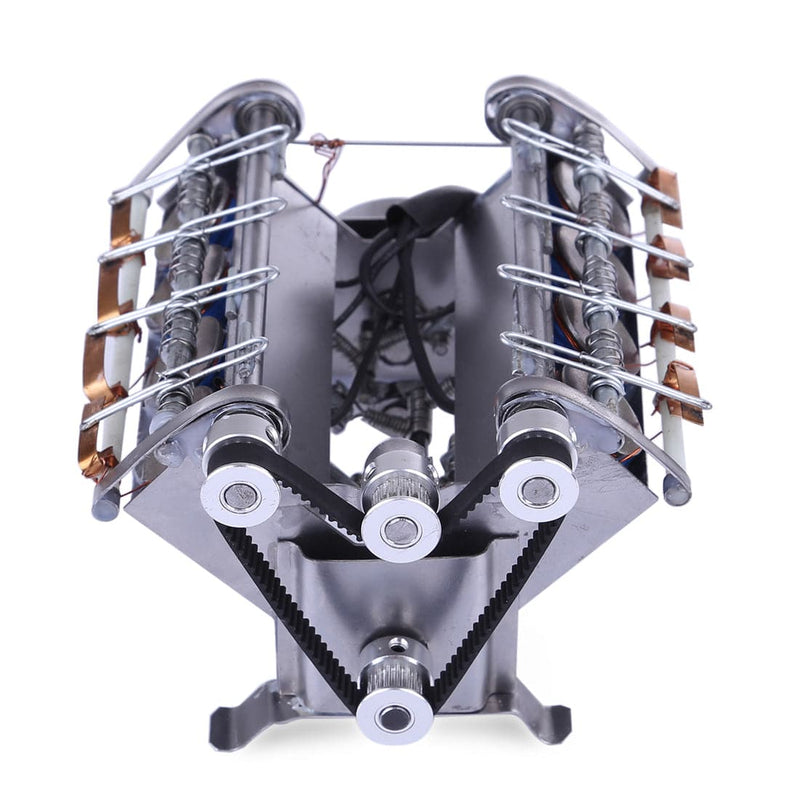
How Does an 8 Cylinder Work?
An 8 cylinder engine operates by converting fuel energy into mechanical power. This process happens in its eight cylinders, which work together for smooth power delivery. Each cylinder plays a crucial role in maintaining the balance and performance of the engine.
The Combustion Process Explained
The combustion process is the heart of an 8 cylinder engine’s functionality. It begins with air and fuel entering each cylinder. A spark plug ignites this mixture, which creates an explosion. This explosion forces the piston down, generating mechanical energy. The crankshaft converts this energy into rotational force to power the vehicle. With eight cylinders, this process happens in a sequence, ensuring consistent and powerful output. The design of an 8 cylinder engine allows for fewer vibrations and increased efficiency under heavy loads.
Differences Between Inline, V, and Flat 8-Cylinder Configurations
Engine configurations play a key role in how an 8 cylinder engine performs. Here are the main types:
- Inline Configuration: This arrangement places all eight cylinders in a straight line. It is less common due to its large size, but it offers simplicity and ease of maintenance.
- V Configuration: This is the most popular setup for 8 cylinder engines. The cylinders are arranged in a “V” shape, which saves space and provides excellent power. It is widely used in sports cars, trucks, and high-performance vehicles.
- Flat Configuration: Also known as a “boxer” engine, this design spreads cylinders horizontally. The flat layout creates a low center of gravity, improving stability and handling. However, it is more complex and requires specialized maintenance.
Each configuration has benefits and trade-offs, but all deliver the signature power of an 8 cylinder engine.

Advantages of an 8 Cylinder
An 8 cylinder engine is renowned for offering impressive advantages that enhance vehicle performance and reliability. Its robust design makes it ideal for demanding applications, from sports cars to heavy-duty vehicles. Below, we explore three key benefits of this powerful engine type.
Superior Power and Torque
An 8 cylinder engine produces exceptional power and torque. Its eight cylinders generate more energy compared to smaller engines. This makes it perfect for towing, hauling, or high-speed driving. Vehicles equipped with these engines excel in acceleration and can easily handle steep inclines or heavy loads. With smooth power delivery, cars powered by an 8 cylinder engine create thrilling driving experiences for performance enthusiasts.
Performance Benefits Compared to Smaller Engines
When compared to engines with fewer cylinders, an 8 cylinder engine stands out in terms of performance. It provides smoother operation due to the balanced firing order of its cylinders. This reduces vibration and noise, resulting in better driving comfort. Additionally, more cylinders mean the engine operates efficiently under stress, ensuring reliable performance during challenging conditions. Whether on the highway or the race track, 8 cylinder engines maintain consistent power.
Reliability and Durability in Heavy-Duty Applications
Engines with eight cylinders are designed to handle high stress and perform reliably over time. Their robust construction ensures durability, making them suitable for trucks, SUVs, and other heavy-duty vehicles. These engines are less likely to wear out during strenuous use, such as hauling large loads or driving long distances. The durability provided by an 8 cylinder engine reduces repair needs and extends the lifespan of the vehicle.
The advantages of an 8 cylinder engine make it a top choice for power, dependability, and performance in various driving situations. Whether for speed enthusiasts or those needing heavy-duty reliability, this engine is built to excel.
Disadvantages of an 8 Cylinder
While 8 cylinder engines offer tremendous power, they come with notable drawbacks. These disadvantages may influence decisions when selecting an engine type. Below, we explore the main concerns.
Fuel Consumption Concerns
8 cylinder engines consume more fuel than smaller engines. The eight cylinders require higher fuel intake to produce power. This makes them less fuel-efficient for daily driving or long commutes. As fuel costs rise, maintaining an 8 cylinder engine may strain budgets. Its fuel consumption is especially noticeable in stop-and-go traffic or city driving conditions.
Environmental Impact and Emissions
Another drawback of 8 cylinder engines is their environmental impact. Higher fuel consumption leads to more emissions. These engines produce more carbon dioxide, contributing to global warming and air pollution. In regions with strict emissions regulations, vehicles with 8 cylinder engines may face additional restrictions or higher taxes. This drawback weighs heavily in sustainability-focused markets.
Higher Maintenance Costs
Maintaining an 8 cylinder engine can be expensive. More cylinders mean more components, increasing repair costs. Regular servicing, spark plug replacement, and tuning require more time and effort. The complex design of the engine may also demand specialized mechanics, which raises the cost further. Over time, these expenses can surpass the benefits of its power and performance.
Though powerful, the disadvantages of an 8 cylinder engine—fuel consumption, emissions, and upkeep—are essential to consider. This can help in making informed decisions about its suitability for specific needs.
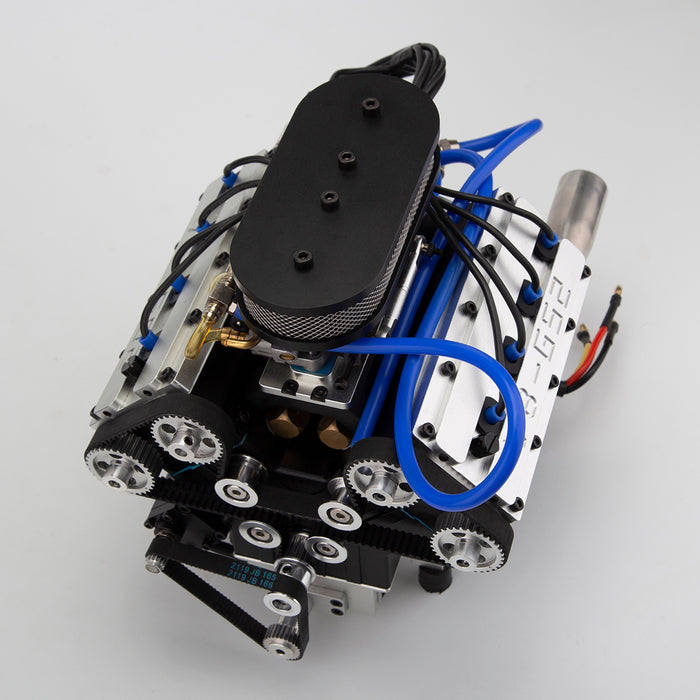
Popular Applications of 8 Cylinder
8 cylinder engines are known for their power and versatility. They cater to various applications across different vehicle categories. Here, we explore their prominent uses.
Sports Cars and Muscle Cars
Sports cars and muscle cars often rely on 8 cylinder engines for their impressive performance. These engines deliver incredible acceleration, allowing these vehicles to achieve blistering speeds. The high torque output also ensures thrilling driving dynamics. Iconic models like the Ford Mustang and Chevrolet Camaro showcase the raw power of 8 cylinder engines. This makes them a favorite among car enthusiasts seeking speed and excitement.
Trucks and SUVs
Trucks and SUVs often require engines capable of handling heavy loads and challenging terrains. An 8 cylinder engine provides the ideal strength for towing, hauling, and off-road adventures. The higher torque enables these vehicles to tow trailers, boats, or machinery with ease. Popular models like the Ford F-150 and Chevrolet Tahoe utilize 8 cylinder engines for durability and reliability. This engine type ensures these vehicles perform well even under demanding conditions.
Racing and High-Performance Vehicles
Racing and high-performance vehicles thrive on 8 cylinder engines. These engines offer unmatched power and consistent performance at high speeds. In motorsports, vehicles equipped with these engines dominate tracks due to their quick acceleration and superior stability. High-performance brands like Ferrari and Lamborghini use 8 cylinder engines to create vehicles with exceptional speed and handling. Their design ensures drivers get maximum output during competitive or high-speed driving.
8 cylinder engines excel in sports cars, trucks, SUVs, and racing vehicles. Their power and reliability make them a trusted choice for various demanding applications.
Comparison of 8 Cylinder with Other Engine Types
8 Cylinder vs 6 Cylinder: Key Differences
When comparing 8 cylinder engines to 6 cylinder ones, there are notable differences. An 8 cylinder engine delivers more power and smoother performance. The additional cylinders create better balance and reduce engine vibrations. However, the increased power comes with higher fuel consumption and emissions.
On the other hand, 6 cylinder engines are more fuel-efficient. They are popular for daily driving and moderate performance needs. They also cost less to maintain than 8 cylinder engines. Ultimately, choosing between the two depends on priorities like power versus fuel efficiency.
How Does It Compare to Turbocharged 4 Cylinder Engines?
Turbocharged 4 cylinder engines are compact but powerful. They use turbochargers to boost performance and offer great fuel efficiency. In contrast, 8 cylinder engines rely on natural displacement for power, delivering more consistent output.
Turbocharged 4 cylinder engines are lighter, making them ideal for smaller cars. However, they can experience “turbo lag,” affecting immediate power delivery. Conversely, 8 cylinder engines provide instant power but struggle in fuel efficiency compared to turbocharged 4 cylinders. Each engine type appeals to different vehicle and driving requirements.
When to Choose an 8 Cylinder Engine
Choosing an 8 cylinder engine depends on your needs. These engines are perfect for heavy-duty applications. Vehicles like trucks, SUVs, and racing cars benefit from their robust power and torque. Additionally, if you prioritize durability and consistent performance, an 8 cylinder engine is a reliable option.
However, they may not suit fuel-conscious drivers or urban commuters. If performance, towing, or speed matters most, an 8 cylinder engine is a top choice.
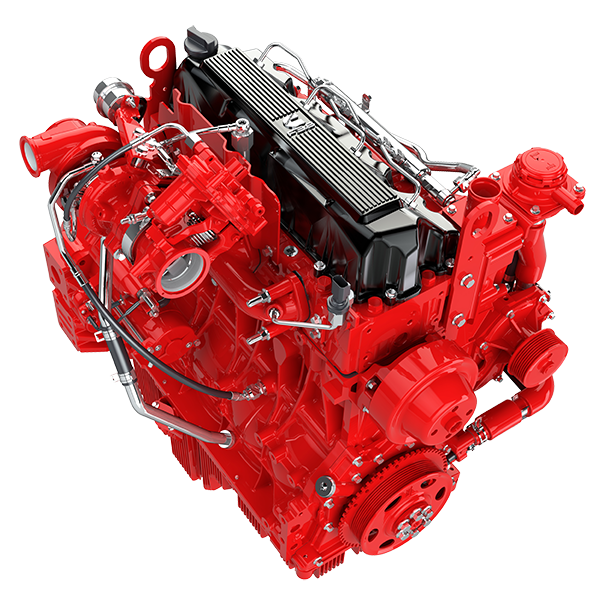
Common Myths and Misconceptions About 8 Cylinder
8 cylinder engines are surrounded by myths and misunderstandings. These can make people hesitant to consider them. Understanding these misconceptions helps in making informed decisions.
Myth: 8 Cylinder Engines Are Always Gas Guzzlers
Many believe 8 cylinder engines always consume excessive fuel. While they require more fuel than smaller engines, advancements in engineering have improved efficiency. Modern 8 cylinder engines often include fuel-saving technologies like cylinder deactivation. This allows cylinders to shut off when full power isn’t needed. With proper maintenance and driving habits, fuel consumption can be managed effectively. These engines aren’t always impractical for daily use, especially for those needing power and reliability.
Clearing Up Misunderstandings About Performance
Another misconception is that 8 cylinder engines only benefit sports cars or heavy-duty vehicles. While they are popular in these applications, they also offer advantages in everyday driving. Many assume they deliver rough performance due to their power. In reality, 8 cylinder engines provide smoother operation thanks to balanced firing orders. This results in reduced vibrations and better driving comfort. Additionally, modern 8 cylinder engines are designed to combine power with refined performance for various needs.
By addressing these myths, it becomes clear that 8 cylinder engines offer versatility and practicality. They balance power and efficiency better than commonly thought, suiting a range of driving scenarios.
Maintenance Tips for 8 Cylinder
Proper maintenance ensures long-lasting performance of an 8 cylinder engine.
Regular Servicing and Tuning
Regular servicing keeps the engine running smoothly. Schedule tune-ups based on the manufacturer’s recommendations. Replace spark plugs, air filters, and belts during servicing. Always inspect the engine for wear or damage. Address minor issues early to prevent costly repairs. Well-tuned engines offer optimal power and fuel efficiency.
Importance of Oil and Fluid Checks
Oil and fluid checks are vital for engine health. Change the oil periodically to avoid contamination. Check coolant levels to prevent overheating. Monitor transmission fluid and brake fluid for consistent performance. Use recommended fluids for the engine type. Proper lubrication and fluid management extend the engine’s lifespan.
Common Issues and How to Address Them
8 cylinder engines may face specific issues over time. Common problems include misfires, overheating, or worn belts. Misfires can result from faulty spark plugs or clogged fuel injectors. Regularly clean or replace components as needed. Overheating occurs due to low coolant levels or radiator issues. Address leaks in the cooling system promptly. Worn belts or chains require timely replacement to avoid serious damage. Following these practices ensures reliable engine functioning.
Consistent maintenance helps 8 cylinder engines handle stress and deliver top performance for years.
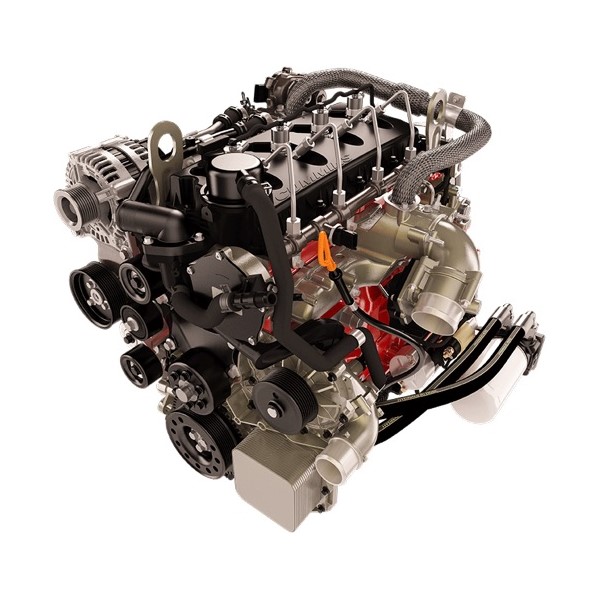
Embracing the Power of an 8 Cylinder Engine
Choosing Your Dream Vehicle
In conclusion, the 8 cylinder engine offers exhilarating performance and capabilities that enthusiasts cherish. Understanding the various configurations, selecting the right vehicle, and maintaining it will ensure that you enjoy the full power potential of your engine. Whether you’re looking for smooth acceleration, towing capabilities, or overall fun at the wheel, an 8 cylinder engine can meet your needs.
Committing to Responsible Ownership
While the performance of an 8 cylinder engine is alluring, responsible ownership is equally important. Regular maintenance, mindful driving habits, and informed decisions regarding upgrades will enhance the life of your vehicle. Balancing power with care ensures your driving experience remains enjoyable and sustainable.
Exploring Every Drive
Ultimately, embracing the power and performance potential of your 8 cylinder engine means savoring every drive. Each journey can be an adventure filled with excitement and joy. By understanding the nuances of your vehicle, staying informed about industry trends, and appreciating the thrill of driving, you can experience the joy that comes with owning an 8 cylinder engine. Get ready to unleash the power and enjoy the ride!
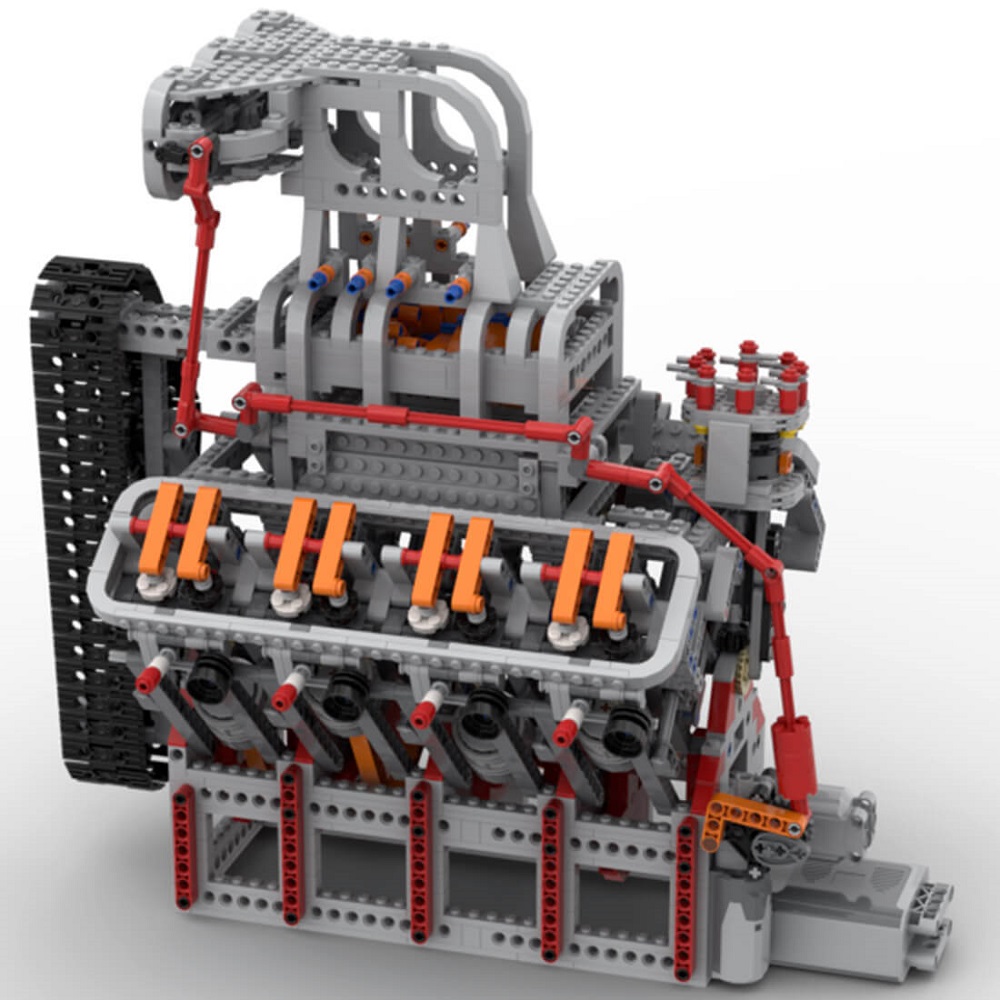
Leave a Reply